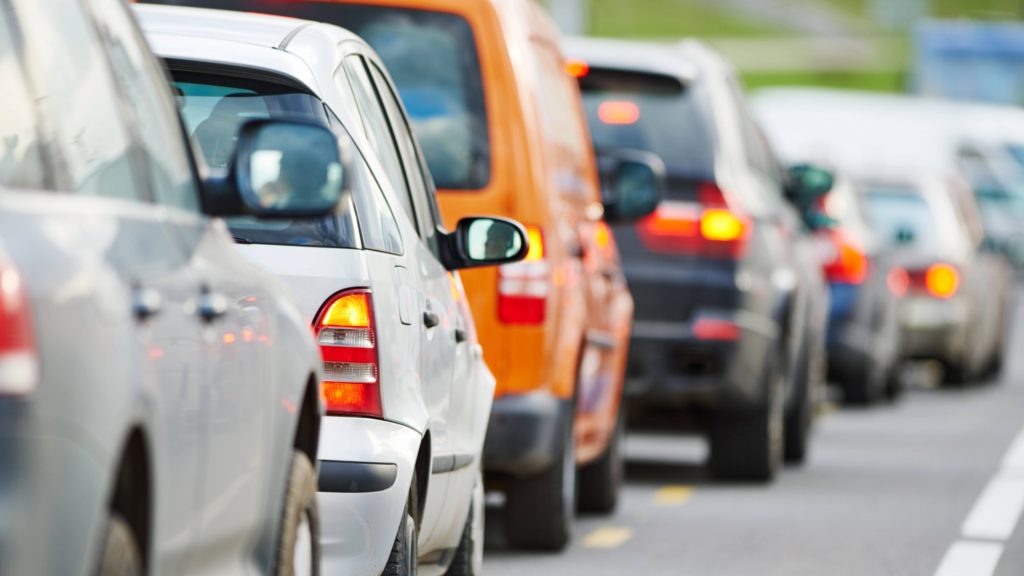-
Mayo Clinic Q and A: Road trips, camping can lower COVID-19 exposure risks and, perhaps, worries

DEAR MAYO CLINIC: My partner and I want to take our kids on a camping/road trip, figuring that driving ourselves and staying in a tent lower our risk of contracting COVID-19 than other types of trips. We're planning to go out of state, but are wondering: What all should we be considering as we start to finalize our plans?
ANSWER: I think when you compare the risks of different modes of travel a car trip would definitely be lower risk than something like air travel or train travel. I think there are a few important precautions that should be taken.
First, it depends on where you’re going and the areas that you’re going to pass through. We still have quite variable community transmission in different cities across the United States, so it’s really important to look to see what’s going on in the places that you will be, and usually the state or local public health websites will have information about current risks in those areas. When it comes to car travel, probably your biggest risk, as long as you’re traveling in the car with other people from your household only, would come from making stops along the way. So, if you’re stopping at a gas station, stopping somewhere to get something to eat, those would be the highest-risk periods of time in your trip. We would encourage people to try and minimize those kinds of stops as much as possible, keeping in mind that, obviously, it’s very important to get adequate rest and take breaks if you’re driving long distances for other safety reasons. So, packing along snacks and food that you can take with you might help to reduce the number of stops along the way, and then certain things like using hand sanitizer, washing your hands well after you pump gas or if you’re using public restrooms or something like that would also help to reduce risk further.
And then with camping, the risk really depends on where you’re going and what kind of camping you’re doing. So, if it’s just you and your family in a tent and there’s no one else around you, the risk of that is obviously extremely low. But, if you’re going to a campsite where there might be shared facilities like outdoor bathrooms or a lot of people that are camping in close proximity to each other or sharing food and other things, your risk would be higher.
Certainly being outside helps reduce that risk. There’s a lot of dilution of the virus that happens out in open air and virus gets dispersed in wind and other air currents, which decreases the chances that someone would get infected outside. But the safer options for camping would involve those where you have a lot of space around yourself and your family and your campsite and are not coming into close contact with people from outside of your household.
— Nipunie Rajapakse, M.D., Pediatric Infectious Diseases, Mayo Clinic, Rochester, Minnesota
Information in this post was accurate at the time of its posting. Due to the fluid nature of the COVID-19 pandemic, scientific understanding along with guidelines and recommendations may have changed since the original publication date.
Check the Centers for Disease Control and Prevention website for additional updates on COVID-19. For more information and all your COVID-19 coverage, go to the Mayo Clinic News Network and mayoclinic.org.







